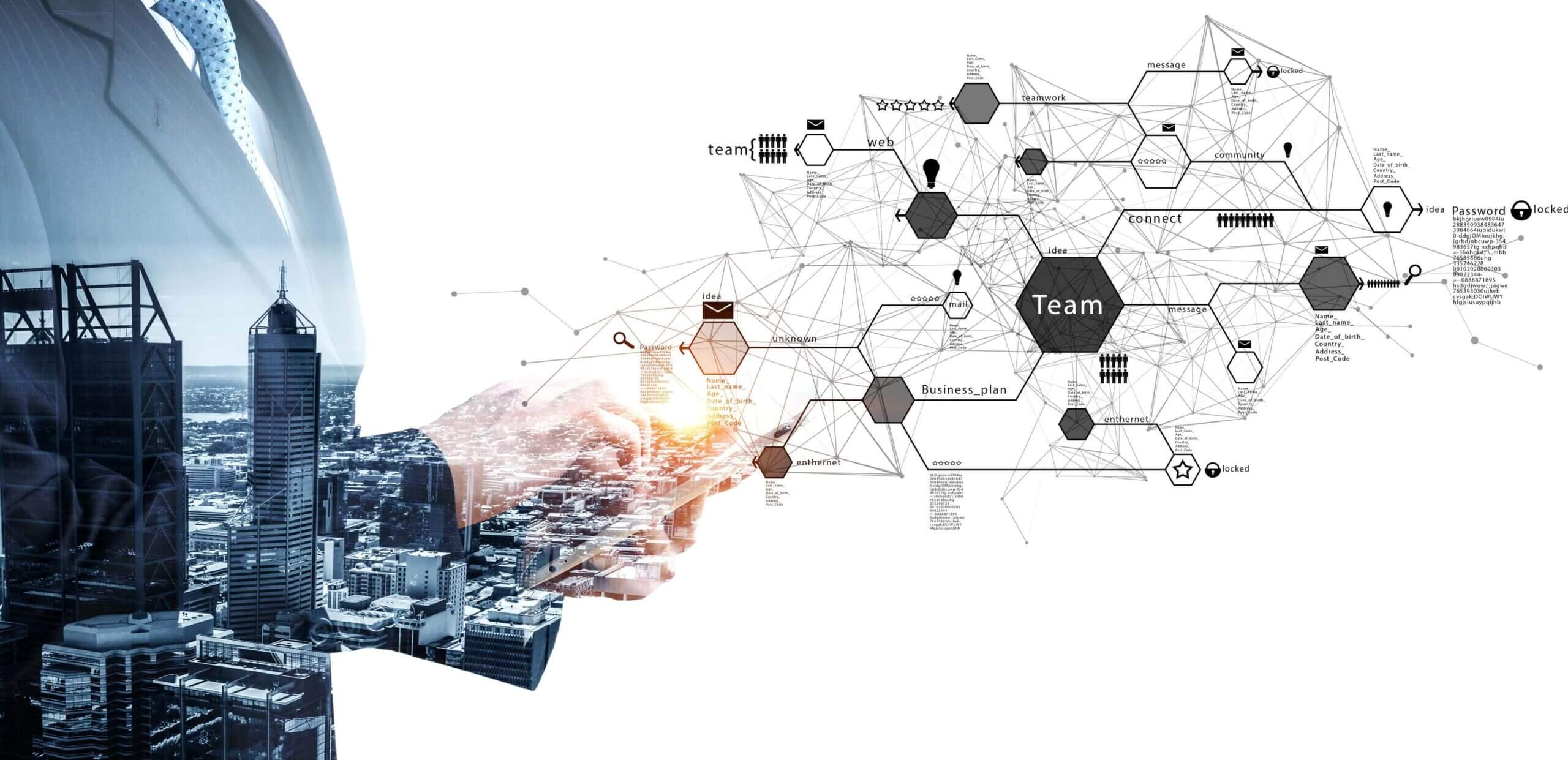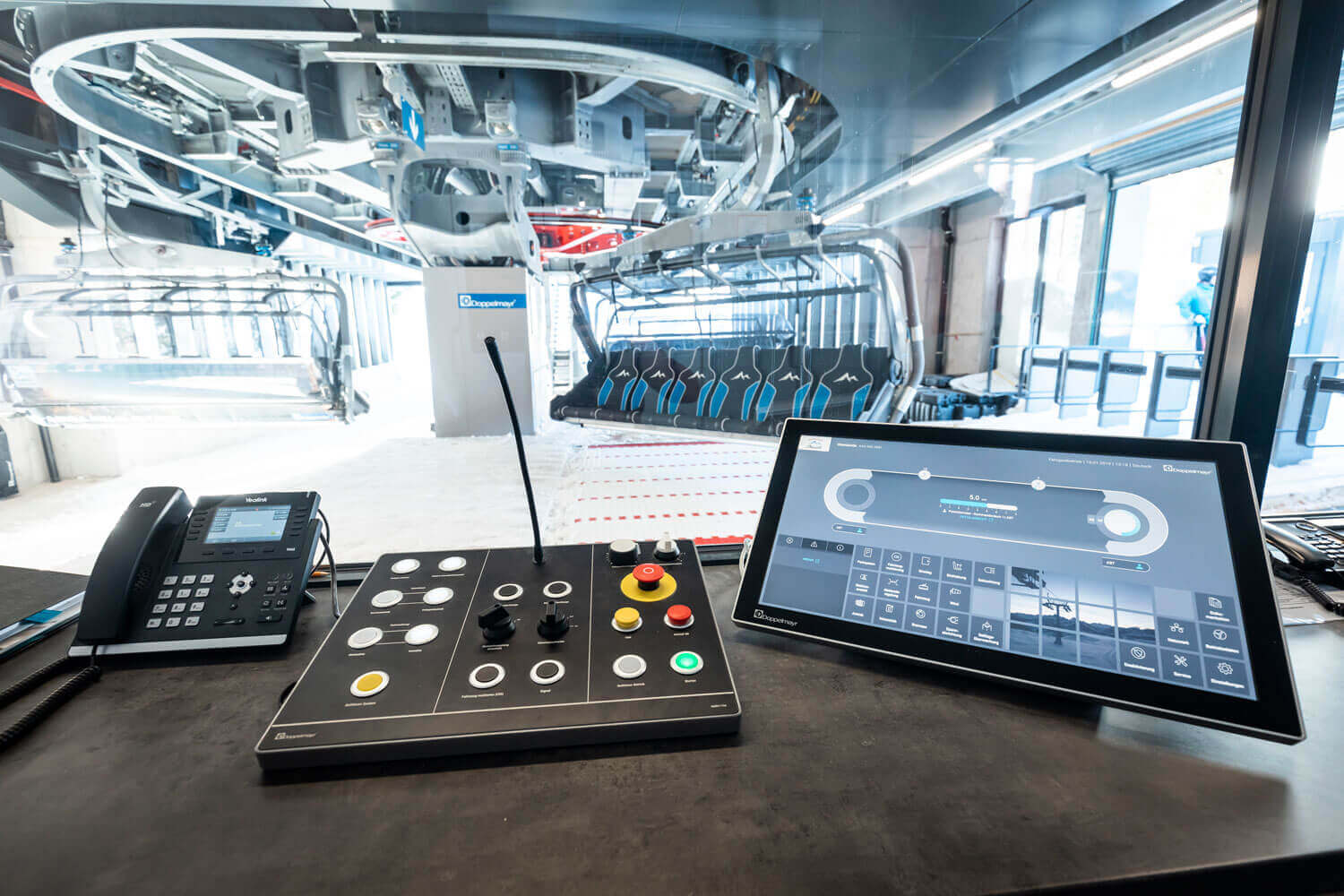
Cities, SI Urban 1/2020
Smart Mobility
Smart mobility is defined as a that are operated “energy-efficient”, “low-emission”, “safe”, “convenient” and “cost-effective” mobility, which is employed intelligently by transport users (Stefan Wolter, 2012). For this, development of the internet network in particular should bring relief on urban roads.
Indeed, comprehensive expansion to a 5G network should speed up integration of the present transport provision. The solution to the increasing transport problems therefore lies not in creating new space for more roads but rather in making the existing infrastructure “smart”.
At the moment, complete integration is still a vision for the future but mobility providers are already preparing their provision for the coming revolution. It seems that the aim of any transport provider lies in integration, yet outside this network, steps towards the future are being taken, which are individually adapted to the provision.
As such, buses and cars are trying primarily to facilitate low- emission transport. In the former, the conversion to e-technology is being promoted and – like underground trains – trams should operate fully automatically in the future.
The market away from traditional transport users is also booming, as work to become part of the emerging transport network is already underway.

Owing to the increasing urbanisation of the coming decades, new transport solutions are required, which can be integrated easily into the existing system. For reasons of space, thoughts here generally turn to the air and urban cable car systems therefore also come into consideration.
These are also already smart and therefore perfectly suited to the mobility development of the future.
With the ever-increasing technical capacity to store data and utilise complex algorithms, not only can passenger comfort be improved; optimisation of the operating processes including maintenance and servicing can also be promoted. The information for this is collected and analysed from various components.
This information is then collated and thus allows a more accurate statement of wear condition, upcoming servicing tasks and preventive maintenance. Thanks to continuous analysis, the efficiency and availability of the cable car system are constantly being optimised.
The technology to bring mobility into the third dimension is already available and in some countries it is already in use. In this country too, aerial solutions such as cable cars are the subject of increasingly intensive discussions, owing to their safety and availability.
Whether considering mobility in five, ten or twenty years’ time, it is already clear today that team players are needed, as the future lies in integration.
A small insight into a great future
Even now, we can already gain an initial insight into the mobility of the future. Indeed, today’s metropolises in the large industrialised nations are the principal field of experimentation for smart mobility. Anyone who lives in a city generally foregoes the status symbol of a car, as the alternatives are often simply more convenient.
The public transport network is well established and various apps enable you to know exactly where the desired bus, train, tram… is right now. Delays are indicated and you can therefore devise alternative routes at an early stage.
In future, even this final step should no longer be necessary, as smart ICT solutions will keep an eye on the traffic at all times and calculate the fastest route, indicate any changes required in good time and – using special algorithms – even tell you which part of the vehicle to board so that you have enough space. The technology for this exists already; the different operators just need to agree on a joint solution. Photo: Adobe Stock







